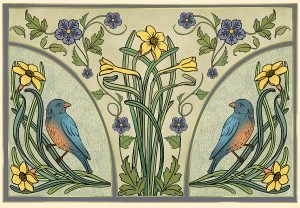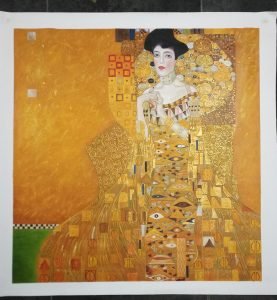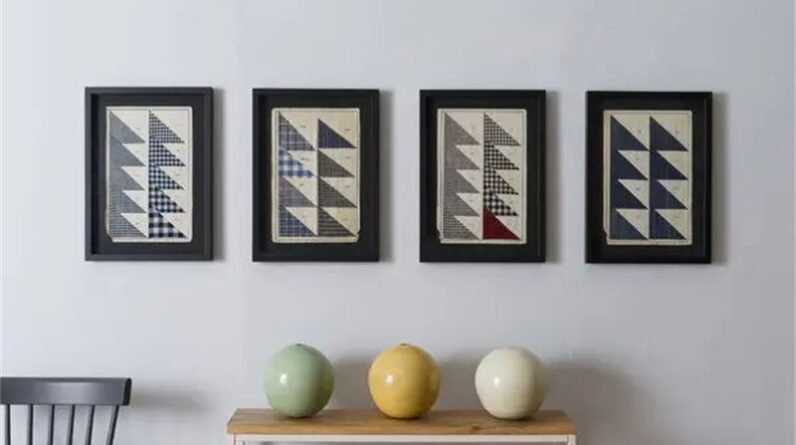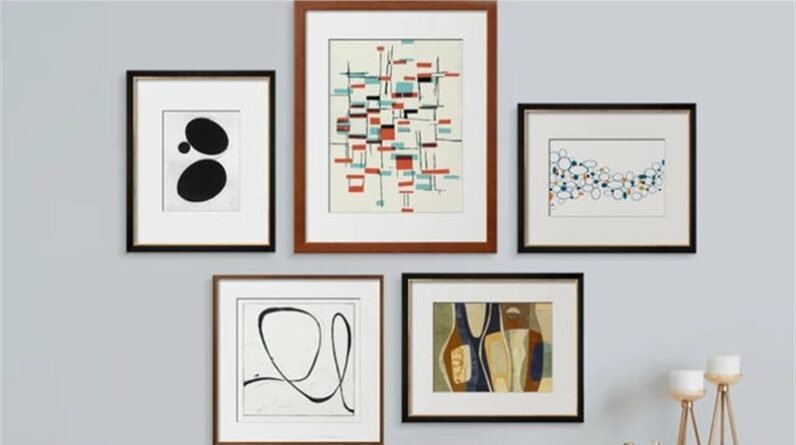
Art Nouveau is a style of architecture, applied art, and design that originated in Paris, France. The style is also known by several other names, such as Jugendstil in German, Stile Liberty in Italian, Modernisme català in Catalan, and English as Modern Style. If you're unfamiliar with this style, here are some of its most important characteristics. Listed below are some of the most important features of this international style.

What Was Art Nouveau Inspired By?
Its roots can be traced to the work of artists such as Paul Gauguin and Vincent Van Gogh. The style was inspired by Japanese woodcut prints, which had a natural aesthetic. In addition to using the color yellow, art nouveau also made use of stylized images of flowers and natural forms. The style is often associated with peacock feathers. Unlike other styles, art nouveau is often seen as a transitional stage between traditional styles and Modernism.
When Did Art Nouveau Start?
The style was first introduced to Paris in the 1880s and quickly spread to other European countries. Different countries adapted the style to their own needs and taste. Often, it was first seen in capitals or centers of artistic identity or independence movements, like Helsinki and Barcelona. The style was influenced by other art movements in Europe and was named “Art Nouveau” after the founder of the Association of Visual Artists in Munich, Georg Hirth. The style has also influenced many other styles.
What Makes Art Nouveau Unique?
There are many elements that make Art Nouveau unique. While its popularity isn't universally recognized, art lovers should be aware of its characteristics. Its aesthetics are bold, but conservative, and embraces muted colors and curves. The style's most prominent feature is its use of abstract shapes and curved patterns. The best example of art nouveau design is Gustav Klimt's work, which was popular during the era.
The motifs and patterns were often stylized, with flowers and simple planes combined together. Peacock feathers became an emblematic symbol of the style. This style is often referred to as French new art, and it is not easy to pinpoint its beginning.
The art nouveau movement was a sweeping style, and many of its most iconic works are influenced by nature. The style is a combination of classical European art and traditional Japanese art. The art of the time was based on Japanese woodcut prints and embraced the idea of ornament as structural symbolism. The underlying philosophy of art nouveau was to explore geometric shapes, and to use ornament as a tool for expressing abstract thought.








